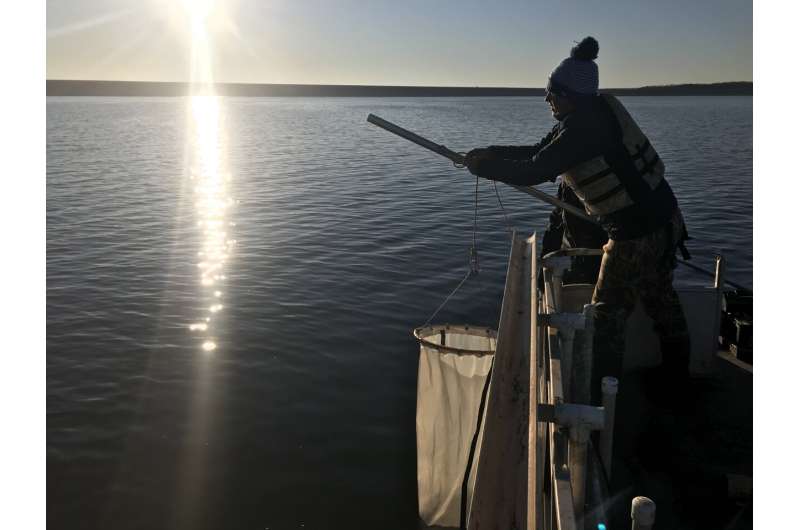
Around 14 million tons of plastic end up in the ocean every year. But that is not the only water source where plastic represents a significant intrusion.
“We found microplastics in every lake we sampled,” said Ted Harris, associate research professor for the Kansas Biological Survey & Center for Ecological Research at the University of Kansas.
“When this paper says ‘concentrations as much or worse than the garbage patch,’ you always think of the big bottles and stuff, but you’re not thinking of all that smaller stuff. You don’t see a huge garbage patch in Lake Tahoe, yet it’s one of the most impacted lakes when it comes to microplastics. Those are plastics you can’t really see with the naked eye, and then you get underneath a scope at 40,000x, and you see these little jagged pieces and other particles that are the same size as algae or even smaller.”
“This paper essentially shows the more humans, the more plastics,” Harris said.
“The biggest takeaway from our study is that microplastics can be found in all lakes,” Kessler said. “Obviously, there are different concentrations. But they are literally everywhere. And the biggest contributing factor to these microplastics is human interaction with the lakes.”